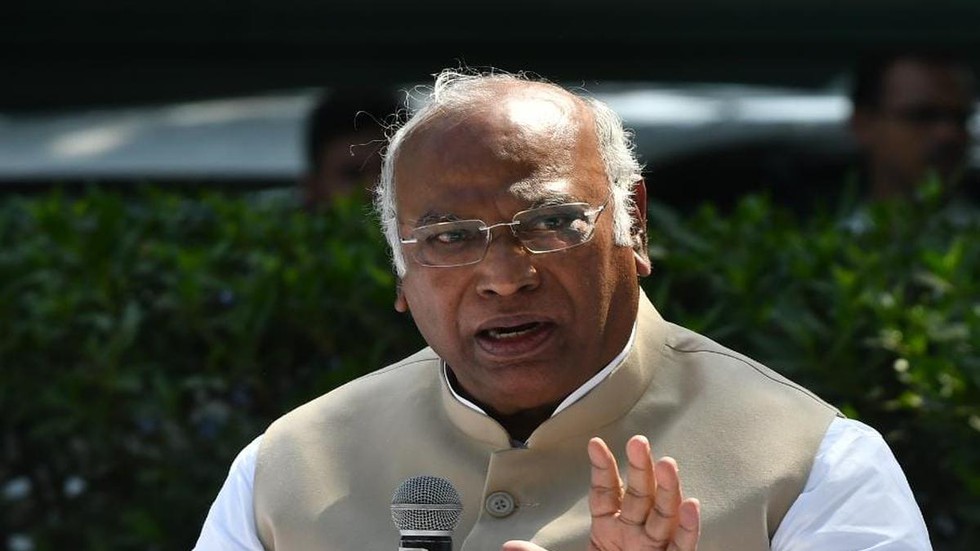About the Unified Pension Scheme:
- The Unified Pension Scheme (UPS) was introduced by the government on August 24, 2024, replacing the 21-year-old National Pension System (NPS) with a structure closely resembling the Old Pension Scheme (OPS).
Key Features of the Unified Pension Scheme:
- Guaranteed pension: It promises government employees 50% of their last drawn pay as a lifelong monthly pension.
- Dearness relief: The pension includes a periodic dearness relief hike in line with inflation trends.
- Family pension: In the event of a government employee’s death, the family is assured a pension equivalent to 60% of the employee’s pension.
- Superannuation payout: A lump sum payment in addition to gratuity benefits will be provided at the time of retirement.
- Minimum pension: A minimum pension of ₹10,000 per month is assured for those who complete at least 10 years of central government service.
Contributions under the UPS:
- The scheme is contributory, requiring:
- Employees to contribute 10% of their salary.
- The government is to contribute 5% of the salary.
- The government’s contribution may be adjusted based on periodic actuarial assessments to ensure the scheme's sustainability.
Transition from NPS to UPS:
- National Pension System (NPS): Originally implemented for employees joining on or after January 1, 2004, the NPS linked pension payouts to the accumulated contributions from both the government and employees, invested in market-linked securities.
- Switch option: Employees who joined after 2004, including retirees, have the option to switch from NPS to UPS, which is expected to be beneficial for approximately 99% of NPS members.
